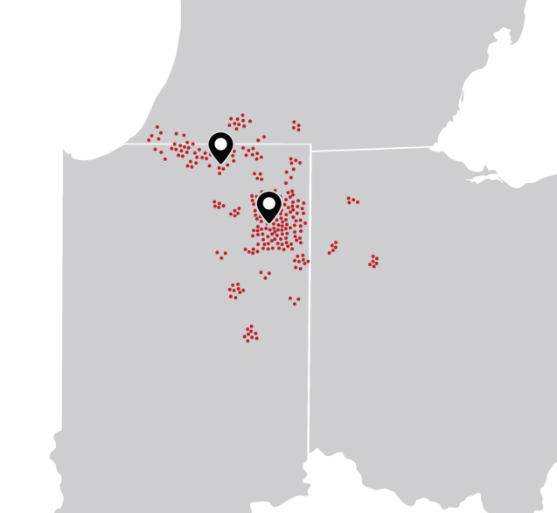What is good design? What is great design? What makes the difference between a good design and a great design? A great design appears to be simple at its completion because of the organization, process, and planning put into the design at the onset. I do not know what said this first, but they were brilliant. Design is an ongoing planning process that is put into play to create a functional space. The point of the design process is to take a jumbled knot and to turn it into a clean, straight line with just a few curves to add interest.
Great design appears to be simple, but simple is not a popular adjective for American interiors. Everywhere we look there is just more stuff. More information, more advertising, and more clutter in our minds as well as in our homes. As with the items that we obtain, a building can also become over-cluttered in terms of design elements. There is something to be said about simple spaces or spaces that are simply designed well. Simple and great designs look beautiful yet continue to serve their purpose.
To encourage simple design, let’s simplify our building materials. Concrete is an obvious choice as a building material for many different reasons: it can be molded and shaped to fit any mold, it can be poured for structural stability, and, in our modern world, it can now be polished to create a beautiful finished flooring material. Concrete can cover several square feet without needing a control joint or seam. Concrete can also be poured as an overlay for a uniquely seamless and clean look for a floor. This unique quality of concrete visually expands any space without obstructing the view to the rest of the interior elements. Concrete floors allow the interior to speak for itself. They appear to take nothing away from the design, yet add everything to it. Concrete floors can visually take up to 50 percent of a design, yet they seem to bow down to the rest of the space and let architectural elements and furniture speak for themselves.
Making a design simple may seem, well, simple. We may say, “Just don’t put anything in the room,” but a room is made for a purpose and for a certain function of work or life. So, for that reason we must add to the building shell. To decide how to design a space, let’s think about what Louis Sullivan said, “form follows function.” A space will be beautiful if it functions as it should. The beauty hides in the details. When a drawer closes with ease by way of soft-close glides, now that’s beauty. When a floor cleans up easy and looks great for years to come, that is also beautiful. Concrete is a simple building material that contributes to the structure of the building (the building’s function) as well as to the aesthetics of the finished space when it is polished. Partner all of these elements with concrete’s wide array of color stain options and polishing finish levels and you have one unique and well-designed building material option. Concrete can also save building owners from maintenance nightmares. Great design is more than just aesthetics, great design also takes maintenance, durability, and lifetime cost of materials into consideration.
Design is different than decorating in that, with design, we study the psychology, the function, and the importance of the spaces that we use. With decorating we simply build on to the aesthetics of a space or add to the base of the design sometimes beyond what is necessary for the space to function for our needs. Sometimes we think that we can enhance design through decoration, but the truth is that adding more clutter to a poorly designed space will add even more chaos. When elements in a space are kept simple and, at the same tines make sense to the function of the building, we can experience cohesive and easy living. By using concrete as a finish material, we can allow the rest of the interior to speak for itself and contribute to simple designs.

